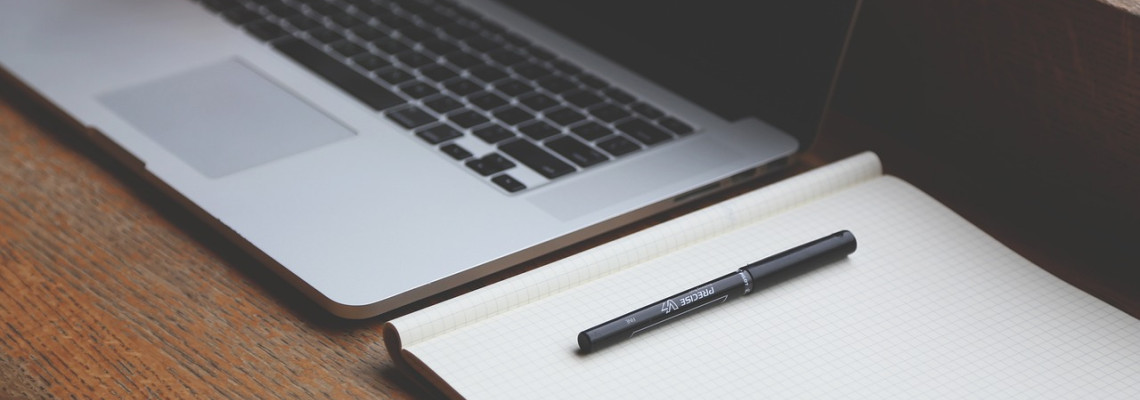
In the ever-evolving landscape of technology, the term "refurbished laptop" often surfaces, sparking curiosity and questions about what exactly it entails. Contrary to popular misconceptions, refurbished laptops are not simply used or second-hand devices. Instead, they undergo a meticulous process of refurbishment, offering buyers a unique blend of affordability, quality, and reliability. In this article, we'll delve into the world of refurbished laptops, shedding light on what they are, how they're refurbished, and why they're worth considering.
What is a Refurbished Laptop?
A refurbished laptop is a device that has been previously owned or used but has undergone a thorough process of refurbishment to restore it to a like-new condition. These laptops may have been returned by customers for various reasons, such as cosmetic imperfections, minor defects, or simply because the buyer changed their mind. Refurbished laptops are not the same as used laptops, as they undergo extensive testing, repairs, and cleaning to ensure they meet high-quality standards before being resold.
The Refurbishment Process:
The refurbishment process of a laptop typically involves several steps to ensure its functionality, reliability, and cosmetic condition:
Testing and Inspection: The laptop undergoes comprehensive testing to assess its functionality and identify any hardware or software issues. Technicians inspect the device for defects, damage, or signs of wear and tear.
Cleaning and Sanitization: The laptop is thoroughly cleaned and sanitized to remove any dirt, dust, or residue accumulated during previous use. This includes cleaning the exterior surfaces, keyboard, touchpad, and ports.
Repairs and Replacements: Any identified issues or defects are addressed through repairs or component replacements. This may involve replacing faulty hardware components such as the battery, hard drive, or RAM, as well as repairing any damaged parts.
Software Installation and Updates: The laptop's operating system and drivers are reinstalled or updated to the latest versions to ensure optimal performance and compatibility with software applications.
Cosmetic Refurbishment: Cosmetic imperfections such as scratches, dents, or blemishes are addressed through cosmetic refurbishment techniques. This may include repainting or refinishing the laptop's exterior surfaces to restore its appearance.
Quality Assurance Testing: Once the refurbishment process is complete, the laptop undergoes final quality assurance testing to verify its functionality, performance, and reliability. This ensures that the device meets or exceeds industry standards and is ready for resale.
In Conclusion:
In conclusion, a refurbished laptop is a previously owned or used device that has undergone a thorough process of refurbishment to restore it to a like-new condition. Through testing, repairs, cleaning, and quality assurance, refurbished laptops offer buyers an affordable, reliable, and eco-friendly alternative to brand-new devices. With their affordability, quality, and warranty coverage, refurbished laptops present a compelling option for anyone in need of a reliable computing solution without breaking the bank. Whether you're a student, professional, or casual user, consider exploring the world of refurbished laptops for your next computing purchase.

27 Comment(s)
1
1
1
1
1
1
1
1
1
1
1
1
1
1
1
1
1
1
1
1
1
1
1
1
1
1
1
1
1
1
1
1
1
1
1
1
1
1
1
1
1
1
1
1
1
1
1
1
1
1
1
1
1
1
1
1
1
1
1
1
1
1
1
1
1
1
1
1
1
1
1
1
1
1
1
1
1
1
1
1
1
1
1
1
1
1
1
1
1
1
1
1
1
1
1
1
1
1
1
1
1
1
1
1
1
1
1
1
1
1
1
1
1
1
1
1
1
1
1
1
1
1
1
1
1
1
1
1
1
1
1
1
1
1
1
1
1
1
1
1
1
1
1
1
1
1
1
1
1
1
1
1
1
1
1
1
1
1
1
1
1
1
1
1
1
1
1
1
1
1
1
1
1
1
1
1
1
1
1
1
1
1
1
1
1
1
1
1
1
1
1
1
1
1
1
1
1
1
1
1
1
1
1
1
1
1
1
1
1
1
1
1
1
1
1
1
1
1
1
1
1
1
1
1
1
1
1
1
1
1
1
1
1
Leave a Comment